8 Creative Ways to Volunteer in Marine Conservation
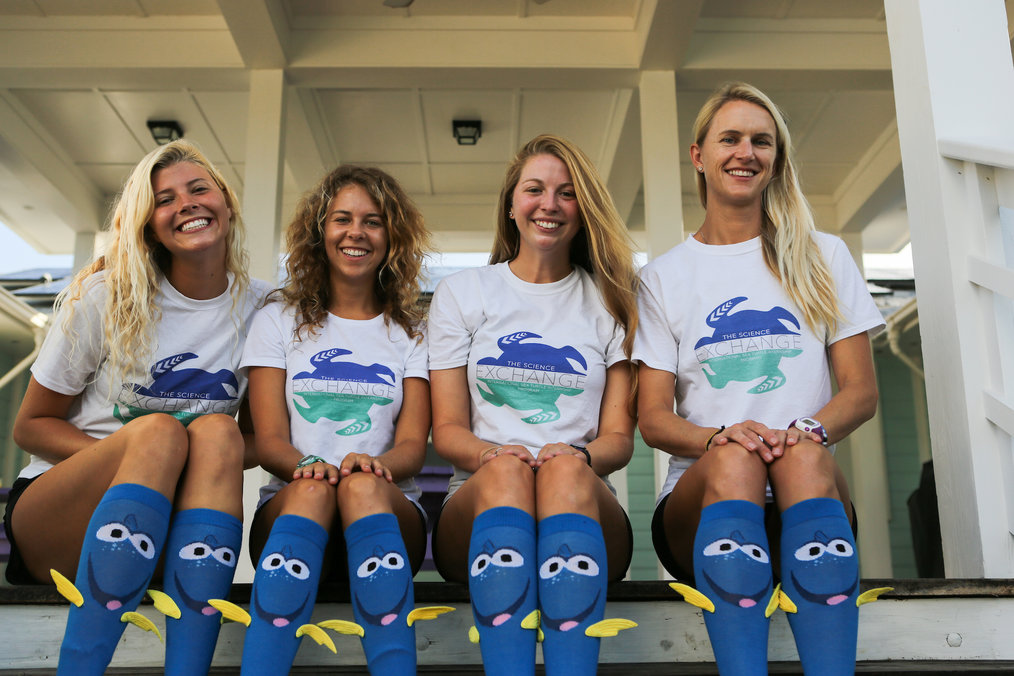
Coral reef systems of the world are in decline. These complex and stunning natural wonders are a veritable powerhouse of life bustling under the sea. While they only cover less than 1% of the seafloor, they provide homes for more than a quarter of all marine life, produce up to half of the Earth’s oxygen, and absorb a good chunk of our carbon emissions. Ocean reef systems -- and the species that call them home -- are vital to the planet and in need of our help through marine conservation.
Marine conservation is a rapidly growing field aimed at tackling these problems through avenues like research, preservation, restoration, and outreach. But you don’t have to be a scientist to get involved! Anyone with a passion for the oceans has a medley of opportunities to volunteer, from courses and internships to engagement in “citizen science” initiatives. Faced with a dizzying array of problems from bleaching reef systems to plastic clogging the oceans, what is it that marine conservationists actually do, and how can you get involved? Here are some of the best ways you can volunteer in marine conservation, even with limited experience.
Environmental Monitoring
Environmental Monitoring Programs, or EMPs, are the cornerstone of any marine conservation project. After all, how can we effectively protect a reef if we don’t know what is going on?
EMP data aims to build a time-lapse-like snapshots of a local ecosystem over time by actively assessing the health and biodiversity of the reef at regular intervals. This helps conservationists figure out threats, and design solutions to work with local communities
Reef Check is one international program that trains citizen scientist volunteers that can snorkel or scuba dive to survey the health of their local reefs. Once certified by Reef Check, volunteers can contribute data to the organization’s global database whenever they want from anywhere in the world, which is accessible to many government agencies, universities, and other nonprofits to influence their work.
CoralWatch, a global program founded by the University of Queensland, offers free downloadable materials through its website that anyone can access and use. Their Coral Health Chart enables those snorkeling or scuba diving on their holiday to easily take notes on the coral health and add it straight to their global database.
Wildlife Monitoring
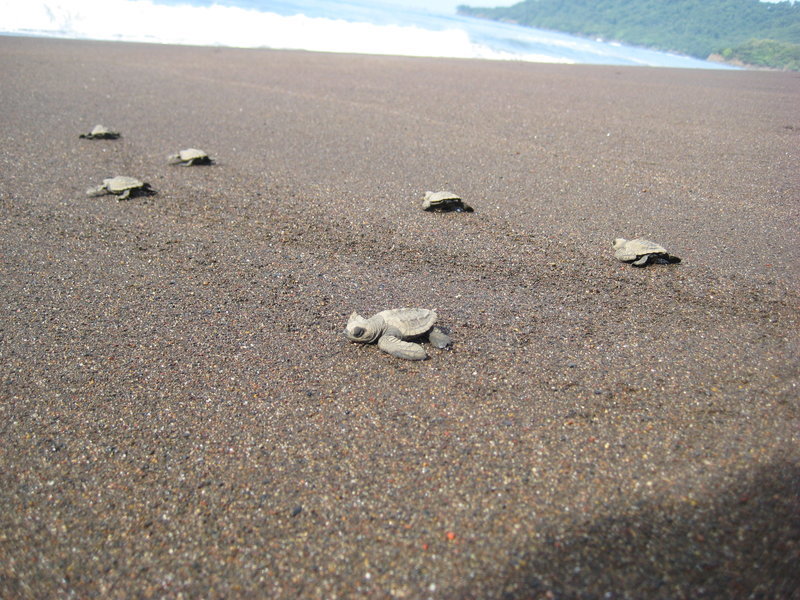
Like reefs, many critically endangered marine animals are most effectively monitored through the work of volunteer citizen scientists all over the world. Many marine animals have identifiers unique to each individual, just like a fingerprint. The pattern of the spots above a whale shark’s side fin is entirely distinctive, as are the pattern of or scales on a sea turtle’s face.
Marine researchers collect volunteers’ photograph submissions to track an individual animal’s movement and health and can learn a lot about the behaviors of species through the photo catalog over time.
To contribute, ask a local dive center or nonprofit if there are wildlife monitoring programs active in the area, and then keep your camera ready! You can do this basically anywhere in the world, and there are lots of monitoring volunteer programs that companies put together to collect and organize monitoring data over time.
Sea Turtle Headstarting
Sea turtles are an ancient marine species alive and well since long before the extinction of the dinosaurs. Today there are seven different species around the world -- all of which are considered endangered.
In the natural wild, only about one in every 1,000 baby turtles will survive to reach adulthood, and this number falls even more when threats like pollution, habitat destruction, and black market trading are added into the mix. So the idea behind headstarting is to raise hatchlings in a safe, healthy environment in that critical first year of its life. When released into the wild the healthy, strong turtles have a “head-start” on its life.
Fostering Coral Nurseries
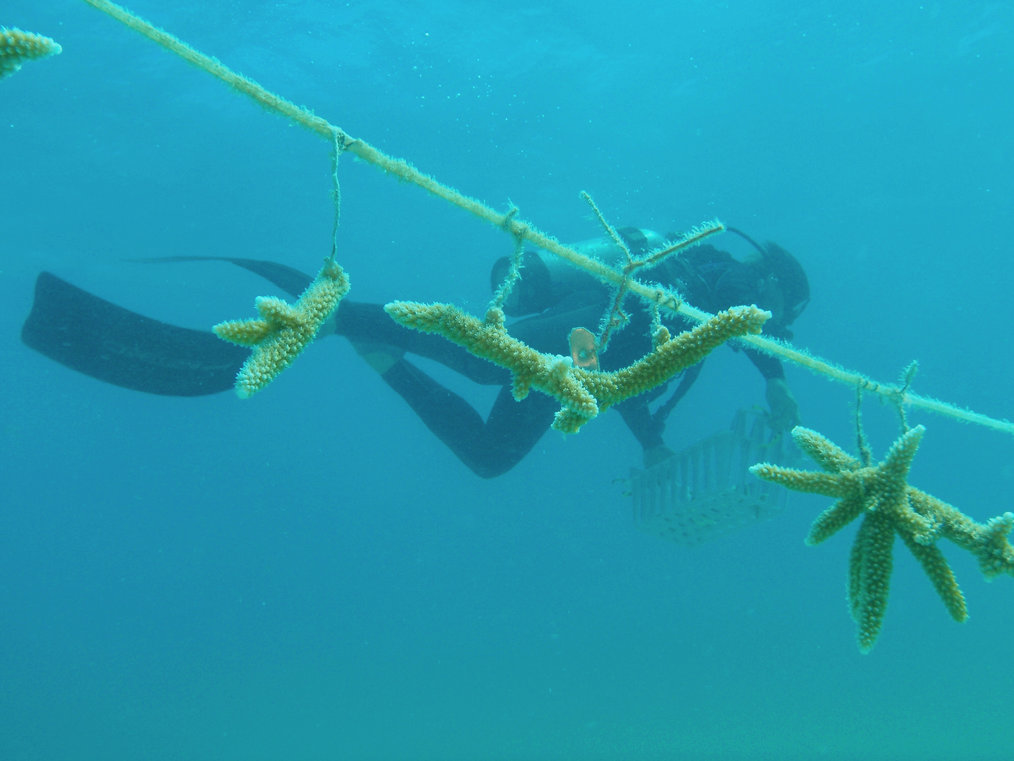
Corals are animals can reproduce in two ways -- both sexually, like most animals, and asexually, essentially cloning itself like a starfish that can regrow a leg. An individual coral we see on the reef is actually one animal that began as a single cell, and then self-replicated over and over again.
This ability allows corals to regrow from broken pieces called fragments. Some corals fragment naturally to increase their genetic reach and diversity, while others fragment from irresponsible human activity like dropping anchors or kicking the reef. Fragmented corals may land in a spot where they can settle and continue to grow, but more likely it will fall into the sand where it will get covered up and die.
Coral nurseries are artificial structures sunk to help these coral fragments regrow. Conservationists collect bits of broken coral and attach them to the nursery. This elevates the fragment out of the sand, where it will have ready access to sunlight and passing food, and not have to compete for space on the reef. Once a fragment reaches a healthy size, it can be transplanted back to the natural reef. If you’ve got SCUBA skills, this is a great way to get involved as a marine conservation volunteer.
Growing Artificial Reefs
Sometimes, instead of using nurseries designed ultimately transplant corals back on the natural reef, conservationists will design and sink entire artificial reefs. Using a wide variety of easily available materials, structures are made on land and then sunk, usually in a sandy area where nothing would otherwise grow. Like nurseries, fragments are collected and transplanted, and divers visit periodically to maintain the developing reef. Over time, a successful artificial reef begins to thrive on its own.
The artificial reef also provides shelter to many marine animals that are increasingly struggling to find a home. Shipwrecks also make great artificial reefs and are often sunk intentionally for this very purpose. Many programs around the world also recruit artists to design beautiful artificial structures, in essence developing beautiful underwater museums and galleries.
Water Quality Testing
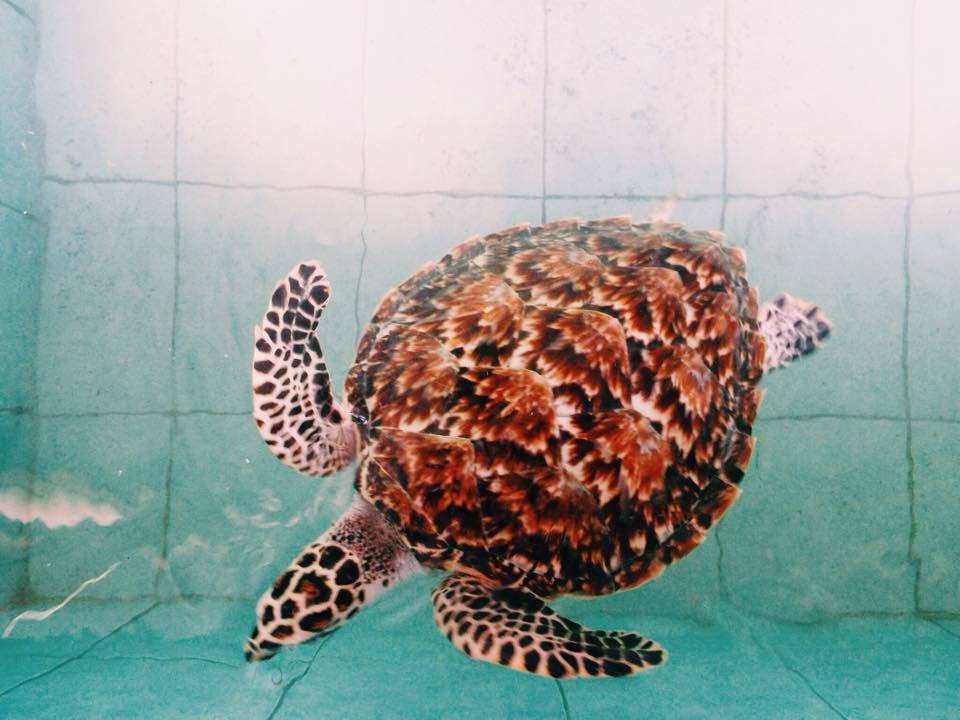
For generations, the ocean has acted as mankind’s giant filter. Studies suggest that the oceans have absorbed some 93% of carbon dioxide emissions since the Industrial Revolution in the mid-1700s. Today, agricultural runoff, industrial and commercial waste, and discarded plastic have all been added to the mix, and the confluence of chemicals wreaks havoc on marine ecosystems.
Water quality testing is a very important way to evaluate the health of a local ecosystem, and results can help conservationists figure out what pressures it is most threatened by, hopefully leading to productive solutions. But how can scientists monitor all of the waterways in the world?
EarthEcho is an organization that helps this cause by calling on volunteers. Its easy-to-use kits record a range of metrics volunteers can contribute on behalf of their local area to the global database.
Reef & Beach Cleanups
One of the most visible threats to the ocean and its creatures is the huge amount of plastic waste found globally today. Last year, a plastic toy from a 1958 box of British breakfast cereal Sugar Puff washed ashore 59 years later and 2,000 miles away. Henderson Island in the South Pacific was discovered last year to have nearly 18 tons of plastic waste on its shores -- in spite of the island being entirely uninhabited. A 2017 study estimated that around 8 million metric tons of plastic are dumped into the ocean annually -- at this rate, by 2050 or before, there will be far more plastic than fish in the sea.
Both land-based and underwater cleanups are organized worldwide by dive centers, nonprofits, and groups of friends to help tackle this mounting issue. While picking up trash on your holiday may not sound like the most fun, it is a great way to meet locals and fellow travelers, and often can include things like a free beer or barbecue for your efforts.
Education & Outreach
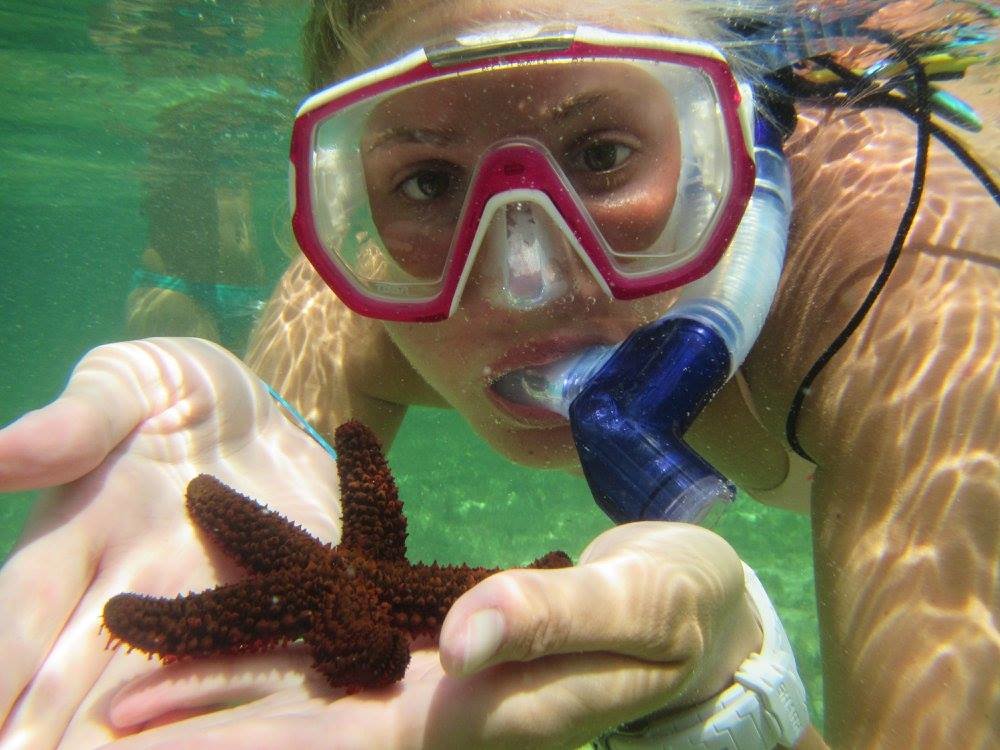
Education is arguably the most important tool that conservationists rely on. The spread of information helps curtail unsustainable behavior, which on a grand scale can eliminate many of the threats that marine life faces. Even the simplest appreciation for the beauty of the oceans can change an individual’s perspective on his or her personal impact.
Volunteers are called on globally to help spread their marine passion onto others through education and local outreach.
Healthier marine ecosystems mean a more sustainable planet overall, and the marine conservation community increasingly relies on the support of passionate volunteers worldwide for both projects on the ground and also to contribute to global initiatives. While programs are available to participate directly alongside these conservationists in nearly any area with a coastline, you can make your mark long before your trip, and well after, by implementing sustainable behaviors in your everyday life and considering your individual impact on the world’s oceans.
